Recharging TTXGP
Above the deafening silence of the few whisper-quiet bikes on the starting grid for the first round of the 2012 North American TTXGP in Sonoma, California, was heard the collective sigh of remaining race fans. With a race grid consisting of just six e-bikes, it was an inauspicious moment in the short history of electric motorcycle racing, but certainly not a death knell for the zero-emissions series now in its fourth season of competition.
Since its 2009 debut at the Isle of Man, TTXGP has grown from a single-lap race of the island circuit (documented by Mark Neale’s Charge) to encompass three national series on as many continents culminating in a world championship round in Daytona Beach, Florida, during Biketoberfest.
We sat down with TTXGP’s Azhar Hussain to discuss the future of electric motorcycle racing on these shores and around the world, and we were pleased to hear hints of TTXGP combining forces with the FIM’s e-Power series in the years to come.
In addition to the foreseeable hardships of launching a new racing series using alternative propulsion, TTXGP was replaced at the TT in 2010 with the organizing body’s own TT Zero event. TTXGP has also faced a challenge from the FIM’s competing zero-emissions series, the e-Power International Championship.
Amid this adversity TTXGP has persevered, a restructuring process is underway which will change the landscape for electric motorcycle racing in the near future. "We're now remodeling the business, remodeling the shape of the championship to encourage more teams to join us,” Hussain says.
Part of the restructuring hinges on the outcome of the dialogue between Hussain and the FIM regarding a unified series. "The sport really needs to be nurtured at this point,” says Hussain. “There really isn't anything positive to come out of competing against one another."
Discussions between Hussain and the FIM regarding rules as well as commercial and legal aspects of a combined series will be underway throughout this year. During the 2013 season the two racing series will commingle, and sponsorships and tracks secured for the 2014 season under a yet-to-be-determined new name.
Changes and an effort to swell the North American TTXGP grid are already underway with the running of the new eSuperstock class introduced at Infineon Raceway. Unlike the expensive prototype machines competing in TTXGP’s premiere event, eSuperstock bikes are meant to be an affordable, entry-level option utilizing street-legal models available to the public.
"For the eSuperstock series we really want to engage the manufacturers to be part of that process,” says Hussain. “It really doesn't make sense to create a structure without input from the manufacturers."
Rules regarding the eSuperstock class are vague, but a base requirement establishes that a manufacturer produce for sale a minimum of 25 units prior to a racing event. In Sonoma, only Zero met this qualification, with four bikes from three teams competing in the class. Brammo should bring a competitive answer to Zero when production of the Empulse R ramps up later this year. Hopefully there will be more to follow from the likes of Lightning or another manufacturer.
"The big challenge we have is the nascent sales of the road-going bikes are only just now coming to the street, so these companies have been demonstrating a hyper-prototype technology, but the cost of doing that is quite high,” says Hussain. “But now that they've got their racing business to promote and sales to focus on and a technology leverage, we should start seeing grid numbers increase."
When asked about a contingency program to help offset the costs of racing for teams competing in the eSuperstock series, Hussain could only allude to something far better than the familiar position-paying programs. Look for a formal announcement from TTXGP regarding this matter by year’s end.
Curiously, the North American TTXGP is the only series offering an eSuperstock class, largely because we are the only country with multiple electric motorcycle manufacturers. This brings to light the differences between American and European cultures and the way in which they’re approaching electric motorcycle racing.
The U.S. is a horsepower-driven culture, whereas Europe is more interested in the practical use of the technology. Compared to European nations, we are not nearly as progressive with our alternative fuel policies. Europe has a stronger focus on alternative energy, but also much more restrictive rules regarding both noise and emissions pollution emanating from racetracks.
"You also have to think about the motorcycle industry dynamic,” says Hussain. “Here in the U.S. the motorcycle is a leisure product, where in Europe it's pragmatic transportation, giving the electric motorcycle a much richer role than in the U.S.”
What it really boils down to is Hussain’s final comment on the topic: "When you live in a world of $10-a-gallon fuel, it really changes your priorities.”
Hopefully, gas prices in our country will remain at their current levels for the foreseeable future, but regardless, we are leading the way in electric-powered, production-based two-wheelers, which is a good place to be.
We’re also home to the world’s best electric prototype racers in the form of MotoCzysz, last year’s IOMTT winner, and Mission Motors, winner of the 2011 combined TTXGP and FIM e-Power race at Mazda Raceway Laguna Seca, who, with rider Steve Rapp aboard, piloted the Mission R bike to within 10 seconds per lap of the times set by MotoGP bikes.
With MotoCzysz and others preparing for the highly anticipated June 6 race at the Isle of Man, the grid at round one of the North American TTXGP was certainly sparse. Round two at the end of June in Portland, Oregon, will see more teams competing, while all racing enthusiasts are excited to see what transpires at the combined race in Monterey, California in July.
Consolidating TTXGP and the FIM e-Power Championship over the next two years should boost both exposure and interest in the sport while not diluting its effect on the general public. Meanwhile, we’ll keep you updated with goings-on as they’re announced. In fact, look for some exciting news from Lightning Motorcycles very soon!
Related Reading2012 MotoCzysz E1PC Revealed on Isle of Man
Mugen Shinden (Not-Quite-A-Honda) Electric Racebike Revealed – Video
McGuinness Tests Mugen Shinden Electric Race Bike
Electric Motorcycle Racing Season Wrap-Up
2012 Brammo Empulse and Empulse R First Look
Icon to Sponsor Brammo’s 2012 TTXGP Race Team
2012 Zero DS Review - Video
The State of Zero in 2012 and Beyond - Video
Lightning Motorcycles Smashes Through 200 mph Mark at Bonneville Salt Flats
More by Tom Roderick



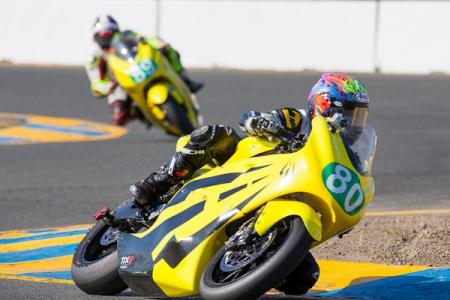





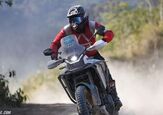
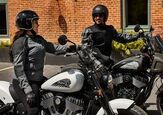
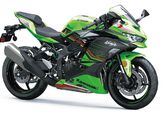


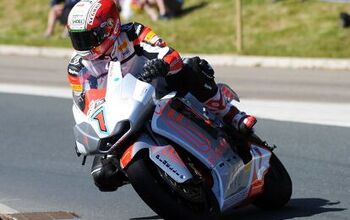
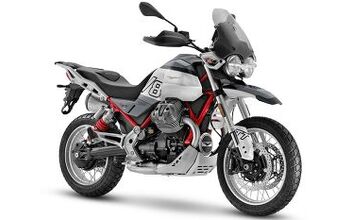



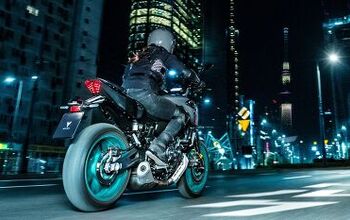
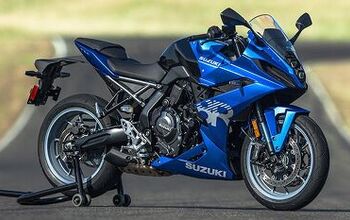
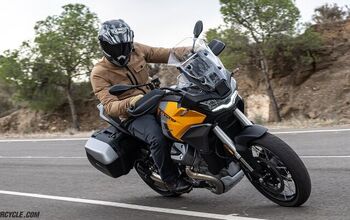


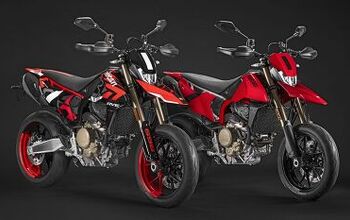
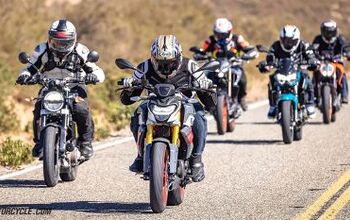
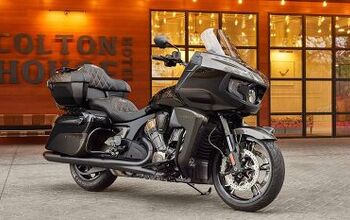
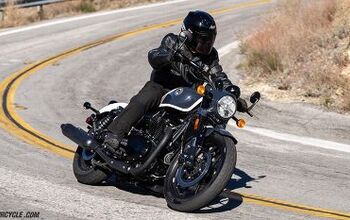
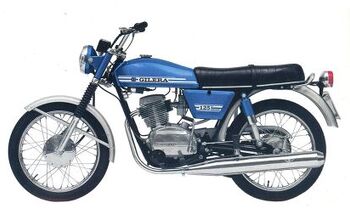

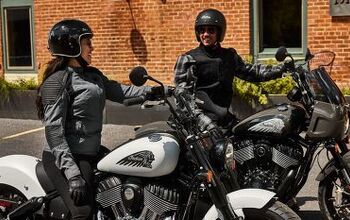

Comments
Join the conversation